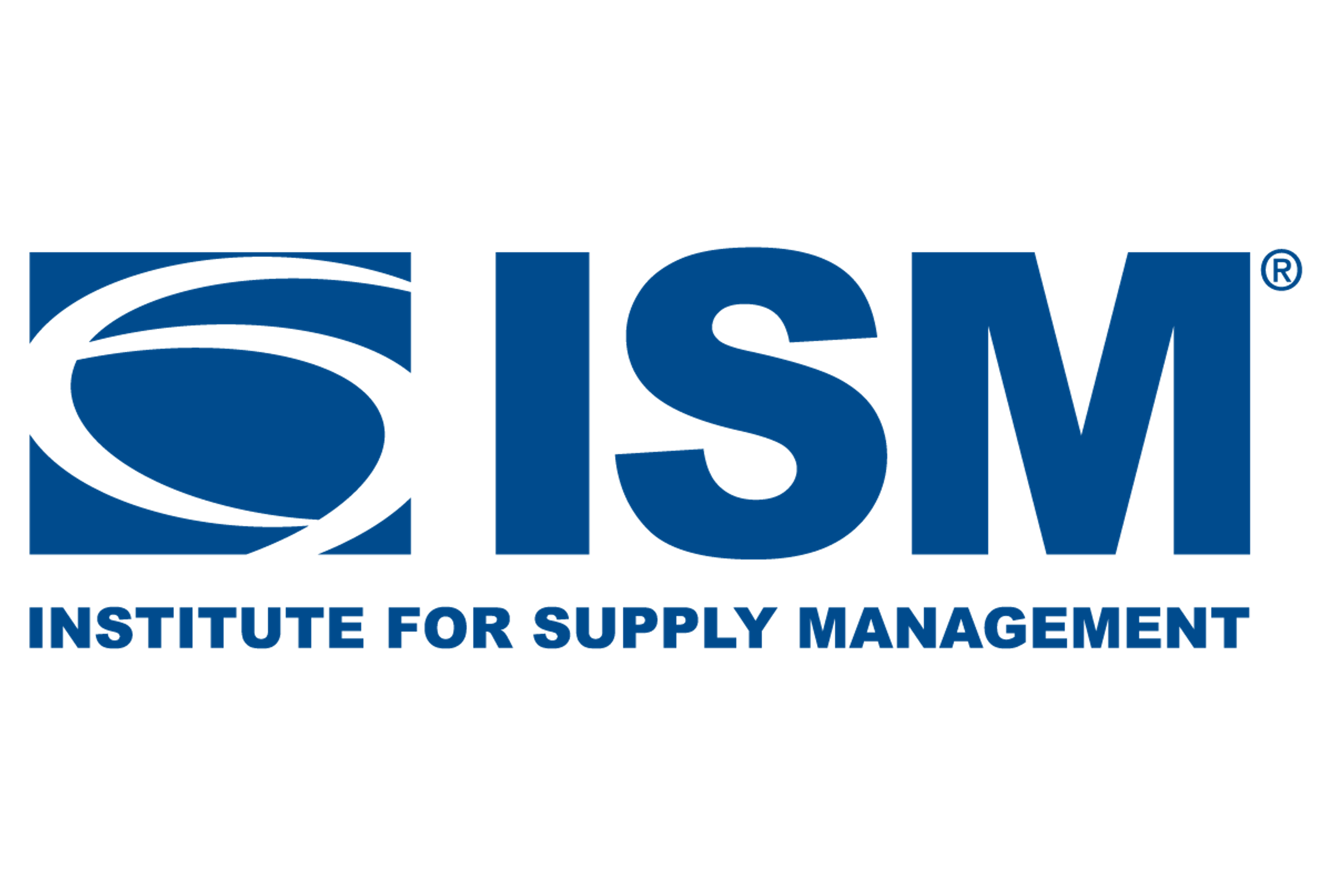Market Data

August 24, 2017
Steel Execs Appeal to Trump’s Leadership on Section 232
Written by Tim Triplett
Senior steel executives representing most of the nation’s flat rolled and long product manufacturers appealed directly to Donald Trump on Wednesday urging action on the Section 232 steel imports case.
The letter from 25 steel and steel-related companies asked the president to take “broad and decisive action to ensure the ability of the domestic steel industry to supply our nation’s defense and critical infrastructure needs.”
Attempts to curb steel overcapacity through multilateral organizations have failed to produce effective solutions. Excess capacity is the primary cause of the sustained surge in imports, the executives said, noting steel imports captured 30 percent of the U.S. market in June for the highest monthly total in two years.
“Immediate action must meaningfully adjust imports to restore healthy levels of capacity utilization and profitability to the domestic industry over a sustained period,” wrote the executives.
“The sustained surge of steel imports into the United States has hollowed out much of the domestic steel industry and threatens our ability to meet national security needs.”
The executives appealed to the president to use his leadership to find a solution for the steel industry crisis. “Only you can authorize actions that can solve this crisis and we are asking for your immediate assistance.”
The letter was signed by top executives from 25 steel industry firms, as well as Thomas Gibson, president and CEO of the American Iron and Steel Institute, and Philip Bell, president of the Steel Manufacturers Association.
Gibson told Reuters the industry was trying to keep the issue “front and center” among the numerous issues being dealt with within the administration. Gibson said the U.S. steel capacity utilization rate is hovering round 75 percent and is not sustainable over the long term.
The Section 232 investigation was initiated by the Trump administration in April, contending that steel imports pose a risk to the domestic steel industry and thus to the nation’s security. Domestic steelmakers are hoping for new tariffs or quotas on foreign steel. A final report from the Commerce Department was expected by June 30, but was delayed indefinitely by the administration in response to resistance from Congress, industry and U.S. trading partners.






